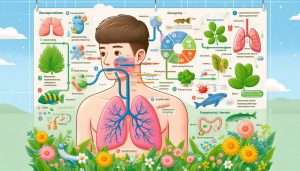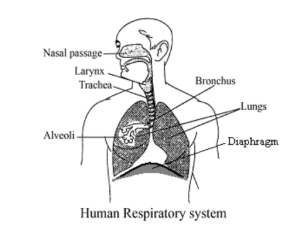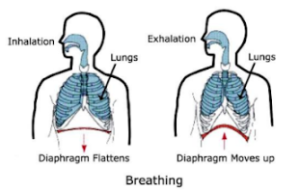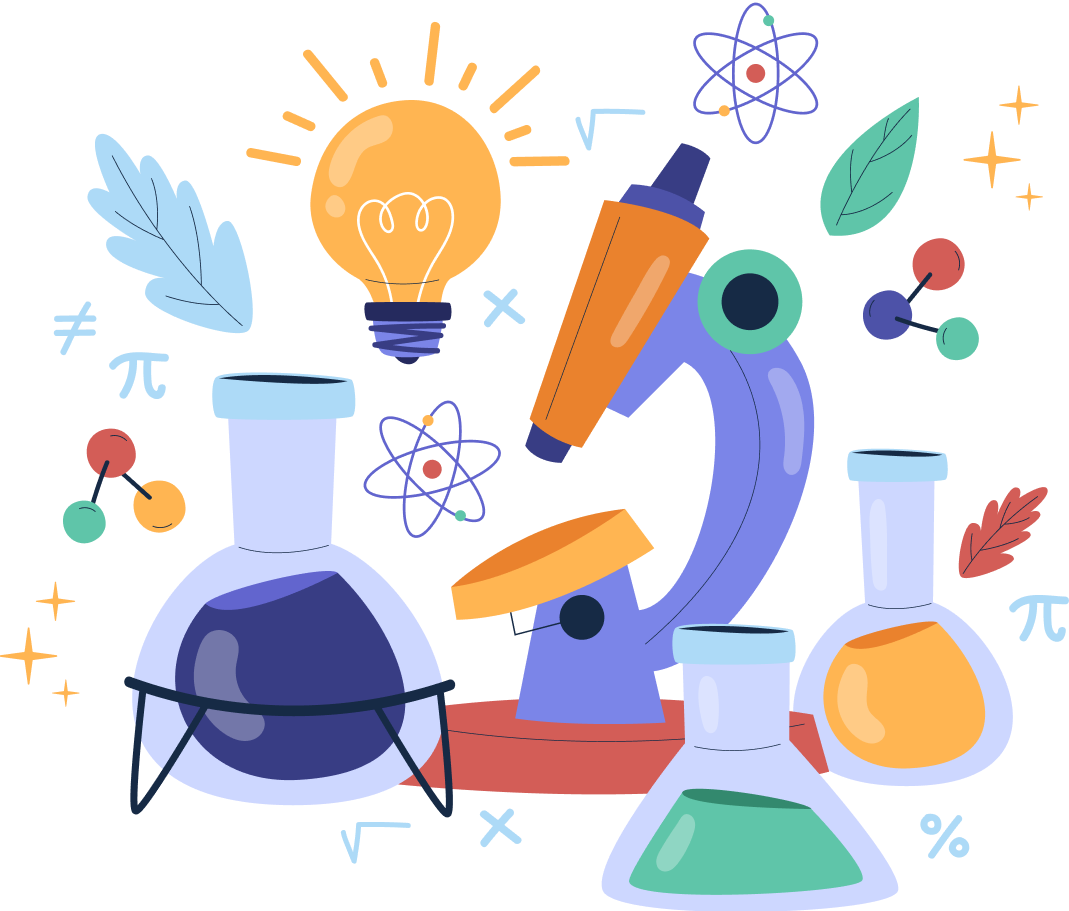Respiration in Organisms- Complete Guide For Class 7th Science Chapter 6
Welcome to iPrep, your Learning Super App. Our learning resources for the chapter, Respiration in Organisms in Science for Class 7th are designed to ensure that you grasp this concept with clarity and perfection. Whether you’re studying for an upcoming exam or strengthening your concepts, our engaging animated videos, practice questions and notes offer you the best of integrated learning with interesting explanations and examples.
If we run fast, we breathe fast. This is because breathing is an integral part of respiration, a vital process for all living beings. Let’s explore how organisms respire and how this process supports life in our chapter on respiration in organisms.
Cellular Functions and Energy
Each cell in an organism performs essential functions such as nutrition, reproduction, transportation, and excretion. To carry out these functions, cells need energy, which is provided by respiration.
Let’s understand respiration in organisms in detail, including its steps and types.
What is Respiration in Organisms?

Respiration is the process of oxidizing organic components to produce energy in the form of ATP molecules.
Steps of Respiration in Organisms
- Oxidation of Glucose: The first step occurs in the cell cytoplasm where glucose is oxidized. This process is known as glycolysis, which breaks down glucose into two molecules of pyruvate, producing a small amount of ATP and NADH in the process.
- Formation of Acetyl-CoA: Pyruvate, the product of glucose oxidation, is transported into the mitochondria. Here, it undergoes oxidative decarboxylation to form acetyl-CoA. This step generates carbon dioxide and NADH.
- Krebs Cycle (Citric Acid Cycle): Acetyl-CoA enters the Krebs cycle, which occurs in the mitochondrial matrix. During this cycle, acetyl-CoA is further oxidized, producing ATP, NADH, FADH₂, and carbon dioxide as waste products.
- Electron Transport Chain (ETC): NADH and FADH₂ produced in the previous steps donate electrons to the electron transport chain located in the inner mitochondrial membrane. The electrons move through a series of proteins and generate a proton gradient across the membrane.
- Oxidative Phosphorylation: The proton gradient created by the electron transport chain drives the synthesis of ATP through ATP synthase in a process called chemiosmosis. Oxygen acts as the final electron acceptor, combining with electrons and protons to form water.
- Fermentation (if no oxygen is present): In the absence of oxygen, pyruvate undergoes fermentation. In animals, this produces lactic acid, while in yeast and some bacteria, it results in ethanol and carbon dioxide. This process allows for ATP production without oxygen but is less efficient.
Types of Cellular Respiration
Aerobic Respiration
- Definition: Oxidation of food in the presence of oxygen to release energy and carbon dioxide.
- Location: Occurs in the mitochondria.
Anaerobic Respiration
- Definition: Oxidation of food in the absence of oxygen.
- Location: Occurs in the cytoplasm.
- Types:
- Fermentation in Yeast: Oxidation of pyruvate to produce ethanol, carbon dioxide, and energy.
- Lactic Acid Process: Oxidation of pyruvate by muscle cells to produce lactic acid and energy.
Let’s move to the concept of breathing and the mechanism involved in it.
Breathing

Definition: Breathing is the physiological process by which oxygen is drawn into the body and carbon dioxide is expelled. This essential function supports cellular respiration and overall metabolic processes.
Mechanism
- Inhalation: This is the process of drawing air into the lungs. During inhalation, the diaphragm contracts and moves downward, while the rib cage expands outward. This creates a negative pressure within the thoracic cavity, causing air to flow into the lungs through the airways.
- Exhalation: This is the process of expelling air from the lungs. During exhalation, the diaphragm relaxes and moves upward, and the rib cage contracts. This reduces the volume of the thoracic cavity, increasing the pressure and forcing air out of the lungs.
Role of the Diaphragm and Rib Cage In Breathing
- Diaphragm: The diaphragm is a dome-shaped muscle located at the base of the thoracic cavity. Its contraction and relaxation are crucial for altering the volume of the chest cavity, facilitating the flow of air in and out of the lungs.
- Rib Cage: The rib cage provides structural support and protection for the lungs and heart. During breathing, the intercostal muscles (located between the ribs) work to expand and contract the rib cage, assisting in the process of inhalation and exhalation.
Together, these components ensure efficient gas exchange and maintain proper oxygen and carbon dioxide levels in the blood.
Mechanism of Breathing

| Action | Ribs Movement | Diaphragm Movement |
| Inhalation | Ribs move up and outwards | Diaphragm moves down |
| Exhalation | Ribs move down and inwards | Diaphragm moves up |
Smoking
- Smoking involves inhaling smoke from burned substances, most commonly tobacco.
- Smoking is harmful and can cause lung cancer.
Breathing in Animals
- Similarities: Animals like cows, tigers, and dogs have lungs similar to humans.
- Differences: Insects, earthworms, and other smaller animals have different respiratory systems.
Insects
- Respiratory System: A complex network of tubes called trachea.
- Air Intake: Through spiracles, valve-like openings on their bodies.
- Gas Exchange: Air passes through spiracles into tracheal tubes, diffuses into body tissues, and reaches every cell. Carbon dioxide follows the reverse path.
Earthworms
- Respiratory Organ: Moist outer skin.
- Process: Oxygen diffuses across the skin into blood capillaries, which transport it to body cells. Carbon dioxide is transported back to the skin and diffuses out.
Frogs
- Frogs have lungs and can also breathe through their skin.
Breathing Underwater
- Aquatic Animals: Need to obtain oxygen from water.
- Whales and Dolphins: Come to the surface to breathe.
- Fish: Use gills, which are well supplied with blood vessels, to extract oxygen from water.
Breathing in Plants
- Gas Exchange: Takes place through stomata by simple diffusion.
- Respiration Process:
- Plants use oxygen from the air and stored sugars to produce carbon dioxide and water.
- Roots also need oxygen, which they take up from air spaces between soil particles.
Plant Respiration Formula
C6H12O6 + 6O2 –> 6CO2 + 6H2O + Energy
This comprehensive overview of respiration in organisms provides a clear understanding of how living beings obtain and utilize energy to sustain life.
Practice questions on Chapter 6 - Respiration In Organisms
Get your free Chapter 6 - Respiration In Organisms practice quiz of 20+ questions & detailed solutions
Practice Now








